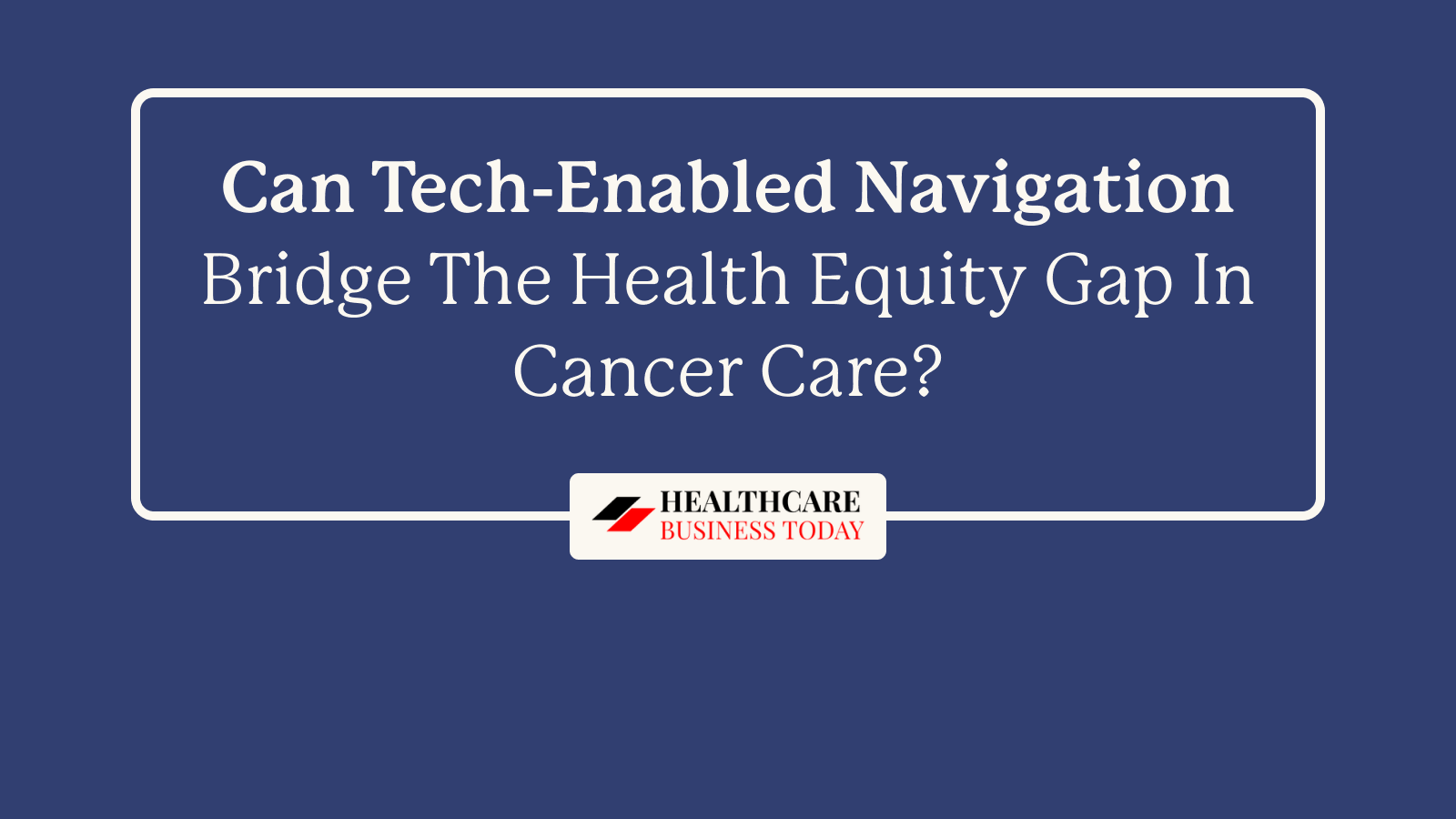Can Tech-Enabled Navigation Advance Health Equity In Cancer Care?
As someone who has worked in oncology for over 15 years, I’ve seen firsthand how innovation in new drug development and therapeutics has drastically changed the way the six letter word, C-A-N-C-E-R truly impacts people. Due to these advances, millions of people with cancer are now living longer, better lives. And yet, I also know that not every cancer patient has benefited equally from that progress, because of personal and social barriers to health and societal gaps in health equity
Adverse social determinants of health (SDOH) can increase people’s susceptibility to illness and challenge rates of screening, which can lead to a delayed diagnosis. Once diagnosed, economic and social vulnerability can lead to poor healthcare outcomes and ultimately increased mortality.
Cancer care navigation, which offers individualized assistance to help a patient navigate their cancer journey, is a powerful tool for overcoming personal barriers to care that are often rooted in health disparities. But addressing those disparities and barriers at scale is a challenge for the current healthcare system, which is so burdened with navigating the daily requirements of large patient loads and the administrative burden of running a successful business. Physician practices and health systems must grow staffing in tandem with the size of their patient population to manage navigation, creating an expense that is often prohibitive. However, when independent navigation programs exist as an extension of the clinic and are supported with data, analytics and an easily accessible network of social service organizations, it becomes possible to make a real difference on both cancer care outcomes and health equity at scale.

